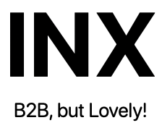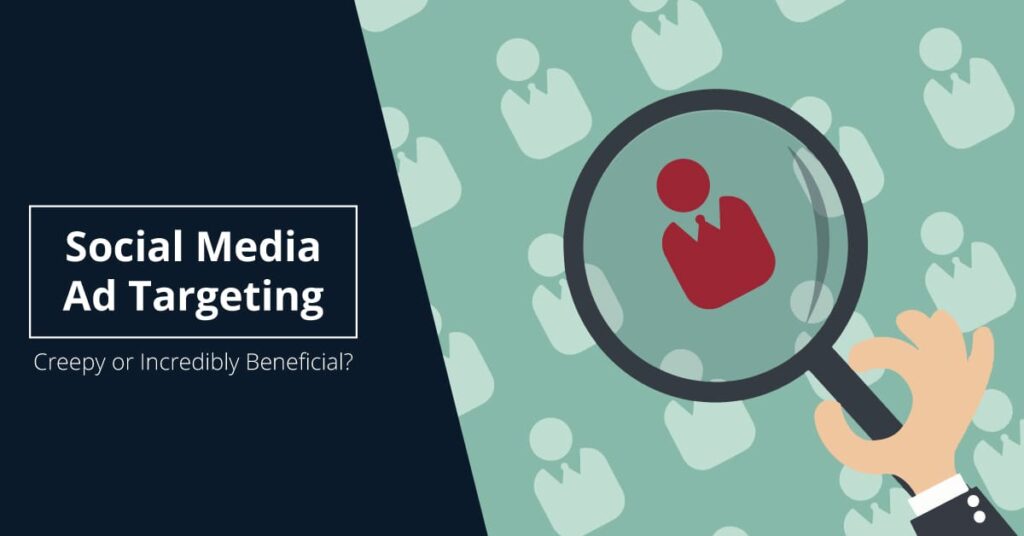Sotrender, a social media analytics company, conducted a survey that demonstrated that the majority of ads created with meta products couldn’t reach their target audience, and They reached Only 5% of Their Target Audience. As a result, these campaigns are cheaper, be careful; they are much less effective. Marketers run out of advertising budgets by getting random users without a well-defined audience.
The key measure used in Sotrender’s research was Audience Saturation. This reflects how effectively marketing reaches the audiences on Facebook. This metric is calculated by dividing the reach of your ad set by Facebook’s estimated reach and converting the result to a percentage.
The majority of marketers are reaching only 5% of their target audiences
Well-defined audiences and careful targeting are important because they mean that your ads reach the right people and your budget is being spent wisely. However, according to Sotrender’s research, more than 80% of the ad sets analyzed had audience saturation of less than 5%. This in most cases means setting up a very broad audience because marketers don’t know who they want or how to define them exactly in Facebook Ads Manager. Similarly,
- 50% of all ad sets analyzed were reaching less than 1% of the set target audience
- Only 10% of all ad sets reached more than 12% of the specified audience.
- The largest percentage of Facebook viewers in the analyzed ads was 72%.
All this shows that there is still room for improvement. The survey also shows that highly saturated ad sets are targeting smaller audiences, which is not surprising. The more specific your audience, the easier it will be for Facebook to find the right users. This ensures that your ads reach the intended users rather than the random users.
As a consequence, though, increasing audience saturation means that the number of Facebook users who saw ads more than once is also increasing. With a smaller target audience, it’s harder for Facebook to find the right users, that’s why the frequency indicator may be higher.
The conclusion is clear: the lower the estimated Facebook reach is, the bigger is audience saturation. Very big estimated reach means that it’ll be hard to reach our “ideal” target audience (for example ‘all US citizens). Engagement campaigns tend to be more expensive than other campaign types, with higher outliers for ad sets (costs per ad set vary greatly).
Related post: How network effect works in B2B?

